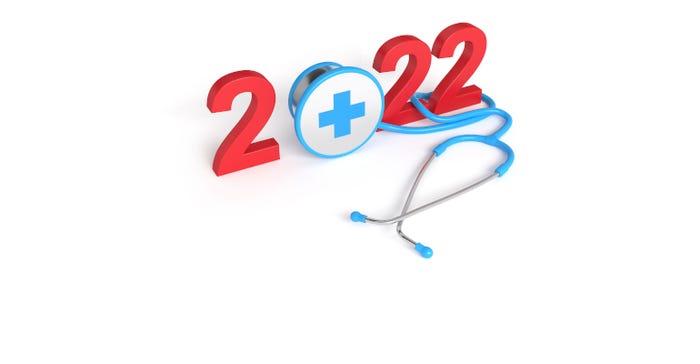Here are the trends, challenges, and opportunities we expect to see in medical device manufacturing and in healthcare in 2022.
January 8, 2022

For our look ahead at medtech in 2022, we've gathered some insights from across the medical device and healthcare industries. Read on for perspectives about 2021 and expectations for 2022, and please feel free to offer your own in the comments.
We kick off our review with a little optimism:
"While our healthcare system has unbelievable challenges, I think it’s always important to stop and look around and just look at how amazing everything is," shares Justin Barad, MD, CEO & Co-Founder of Osso VR. "We are witnessing almost daily miracles with the types of technologies we have access to, the incredible people behind them whether they're providers or in industry and the innovations that are coming down the line. I think the single most important thing for us to continue to do is to bring a sense of positivity and excitement into this space and mutual support, both between industry and healthcare institutions in order to battle burnout and preserve the morale of those who care for us and those who provide the means to do so. I am and will continue to remain incredibly optimistic about our future in healthcare!"
Here's to a healthy and productive 2022!
About the Author(s)
You May Also Like





